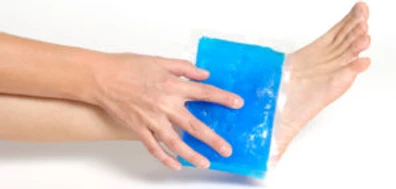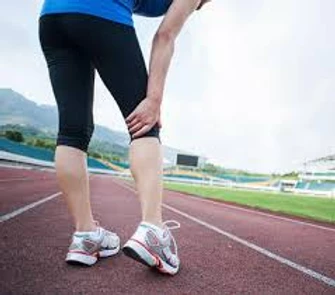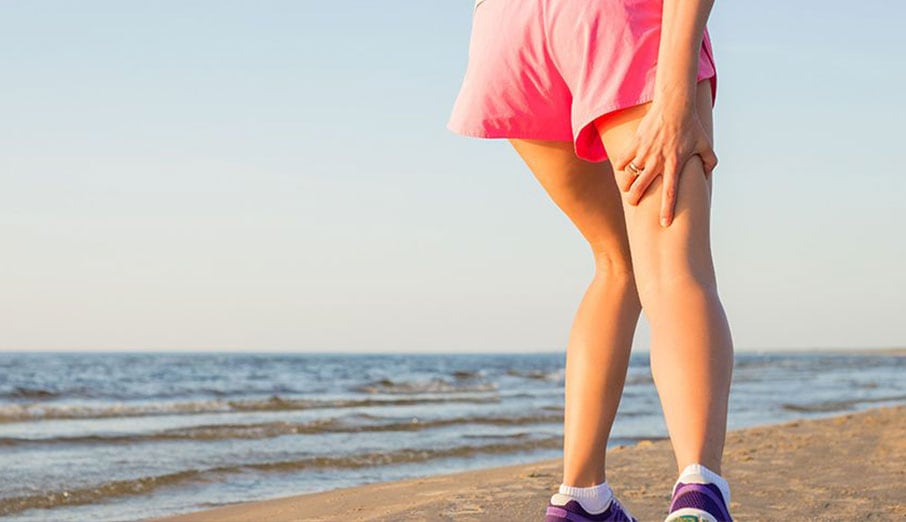Good Acute Injury Management
June 5, 2018
You’ve sprained your ankle, or strained your calf, or done a similar acute injury. How you manage it in the first 3-7 days will have a big impact on how quickly and how well you recover.
What’s so special about the first 3-7 days?
At this stage the injury is in the acute stage of healing. This means that inflammation is being sent to the injury site. Inflammation contains things that the body uses to repair the damaged tissue, but also contains chemicals that make you feel more pain, and other chemicals that can degrade surrounding structures. For this reason it’s important to do things during the acute phase of healing which limit inflammation.
What should you do?
The most important things to do during the acute phase of healing spell out RICE. (Rest, Ice, Compression and Elevation). As physios, we like to make things a little more complicated, and so we use the acronym SPRICEMMM (Support, Protect, Rest, Ice, Compress, Elevate, Mobilisations, Modalities, Medication).
Support / Protect
This is important for ligament injuries or other injuries which impact on a structure’s stability. For example an ankle brace or stability taping should be used to support an acutely sprained ankle to support the injured ligament and protect it from further damage. Similarly bracing or taping should be used for acute ligament injuries to other joints, and a strained muscle may be supported by the application of kinesiology tape.
(Relative) Rest
Increased blood flow will increase inflammation and placing too much load through injured tissues will increase the inflammatory reaction. However placing some load through injured tissues is beneficial to promote tissue healing, and so a happy medium needs to be found somewhere between carrying on with your normal sport and other activity, and resting in bed.
Ice
Applying ice will reduce blood flow and thereby reduce inflammation. Ice should be applied over an injury for 15 minutes on, 15 minutes off for a couple of hours after the injury, and then for 15 minutes every 2-3 hours that you’re awake. If applying ice direct to the skin is too uncomfortable, a small barrier such as a paper towel should be used to reduce the risk of damaging the skin.

Compression
Applying compression via taping or the use of a compression stocking will help reduce blood flow and therefore reduce inflammation.
Elevation
When resting, elevating the injured area slightly above the level of the heart helps utilise gravity to reduce blood flow and therefore reduce inflammation.
Mobilisations
These are techniques physios use which can create a pump-action to help the lymphatic system clear the inflammation more effectively.
Modalities
Physios may also use electrophysical modalities (such as ultrasound therapy or interferential therapy) to help the lymphatic system clear inflammation more effectively.
Medications
The use of anti inflammatory medications can be helpful in managing inflammation. A doctor or pharmacist should be consulted to check if these are appropriate in your particular situation. Non-prescription anti inflammatories (such as Nurofen or Voltaren) should generally be tried first, and presciption anti inflammatories should only be used for the condition for which they were prescribed.
What should you avoid?
The things you should avoid during the acute phase of healing conveniently spell out HARM (Heat, Alcohol, Running, Massage).
Heat
Application of heat may feel nice, but it will increase blood flow and therefore increase inflammation, making pain, stiffness and swelling worse afterwards.
Alcohol
Consuming alcohol promotes inflammation and so should be avoided while in the acute phase of healing.
Running
Running will increase blood flow through the musculoskeletal system and will therefore increase inflammation. It will also place significant load through structures in the legs and back and so may cause a worsening of the injury.

Massage
While very gentle massage using upward strokes can promote the clearance of inflammation, more firm massage of injured tissues will irritate these tissues and increase inflammation.
As a physio, it makes my job much easier and means a smoother, quicker path to full recovery from your injury when it’s been managed well acutely.
-
 What Can Make Neck Pain a Headache?
What Can Make Neck Pain a Headache?
Often people experiencing a headache are also experiencing neck pain/tightness a...
-
 How Physio Can Help Your Headaches
How Physio Can Help Your Headaches
Headaches are no fun. Some people will only experience short-term headaches ever...
-
 Muscle Strains
Muscle Strains
Winter sports are back and with them come more muscle strains, particularly hams...
